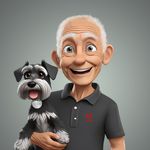Copy link to clipboard
Copied
Hello,
a client is asking to achieve a visual effect with a group of images and i could use some help.
this is the image they like:

and these are the images they want to use:
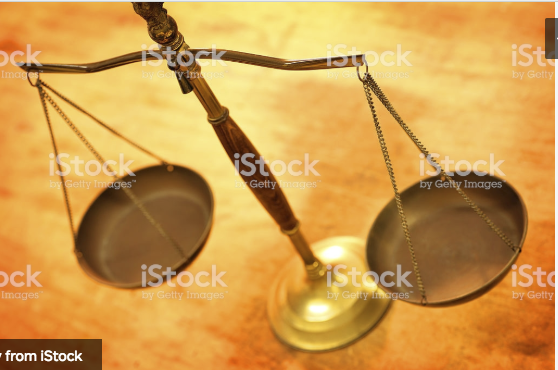
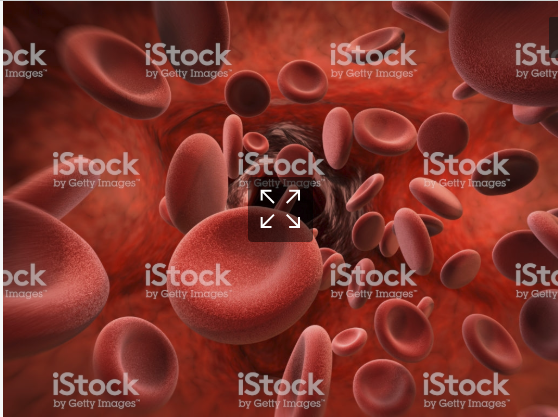
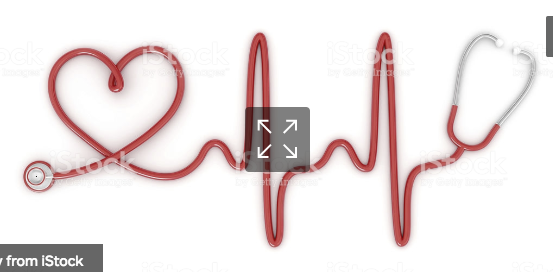
how would you try to achieve what they want with those 3 images?
 1 Correct answer
1 Correct answer
Hi
For the brass look try a curve such as that shown below and a solid color set to blending mode color

Dave
Explore related tutorials & articles
Copy link to clipboard
Copied
Seems a simple composite to me. Open the background image and place the others on layers above that and mask accordingly.
Done
Copy link to clipboard
Copied
yes, i know that part. its the effect on the first image. you see that brass like effect?
Copy link to clipboard
Copied
i would also say there is a "dream" like feeling to the image
Copy link to clipboard
Copied
the brass effect would be what i want to know how to achieve. i think the dream i can achieve with blurbs,
Copy link to clipboard
Copied
The Brass Effect can be done with Lighting effects. Start with the 5 lights down and adjust the light colors to white. Similar to embossing but I like this method.
Copy link to clipboard
Copied
Personally I think the example image's execution is quite horrendous looking, but that's just me.
Aside from this, have you considered using a 3d model of scales instead of a photo? With proper lighting and rendering the end result will look far better, and allow for infinitely more flexibility.
Scales 3D Models and Textures | TurboSquid.com
Same for the stethoscope and blood cells. Or take your own photos of a stethoscope.
Copy link to clipboard
Copied
have to use the photos and they want this tomorrow. i am playing around with the light effect. just doing what the client is asking for.
Copy link to clipboard
Copied
Hi
For the brass look try a curve such as that shown below and a solid color set to blending mode color

Dave
Copy link to clipboard
Copied
Brass and metallic effects are achieved using strong contrasts, often with radical curves with a W shape.
So I start here with a black object which has been cut from its background for convenience

Add flat colour to it Note I have locked its transparency, again for convenience
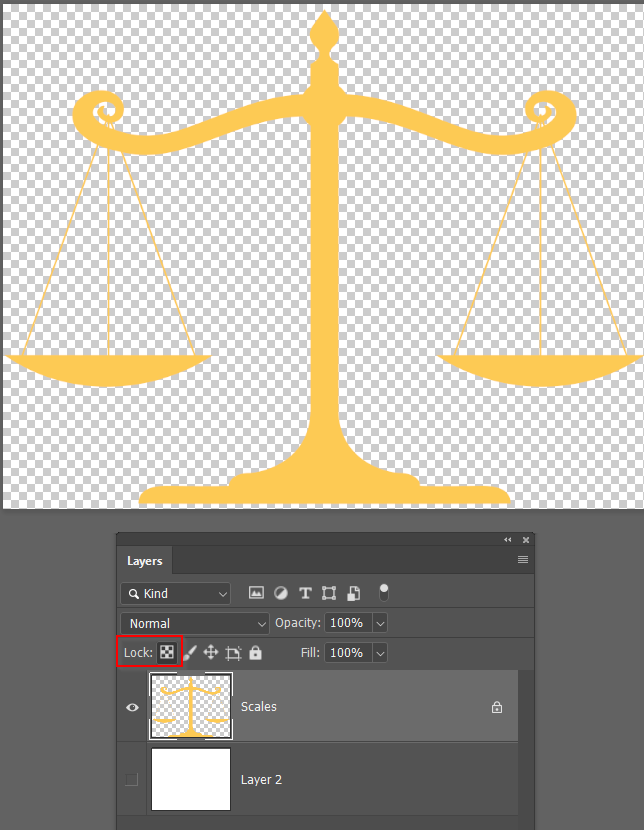
Now we need to give it some light, and as brass is reflective, there needs to be strong highlights and shadows
I'm just going to use Bevel emboss to demonstrate. At the moment the curve is flat
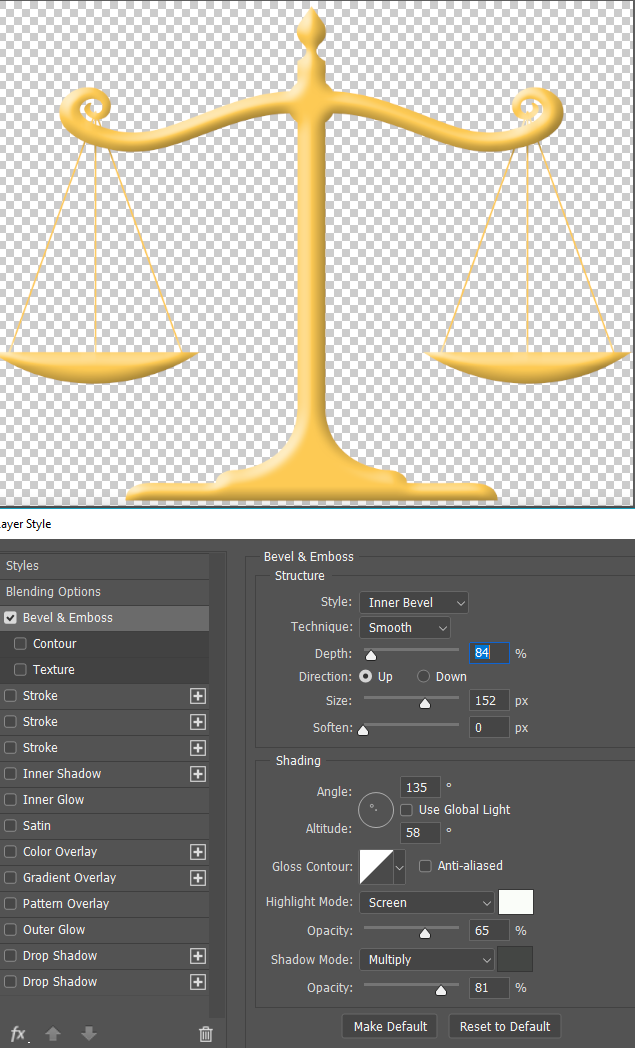
But when I give it that W shape, it looks more like metal.

To be perfectly frank, I wouldn't relish the task of working with the scales in your screen shot. This is a quick and dirty demonstration done freehand. I painted the tone on using ever darker shades towards the bottom, and blurred it to make it smooth. If I was doing it for real, I'd use the pen tool, and stroke a workpath to create the highlight, but it would be time consuming and potentially difficult
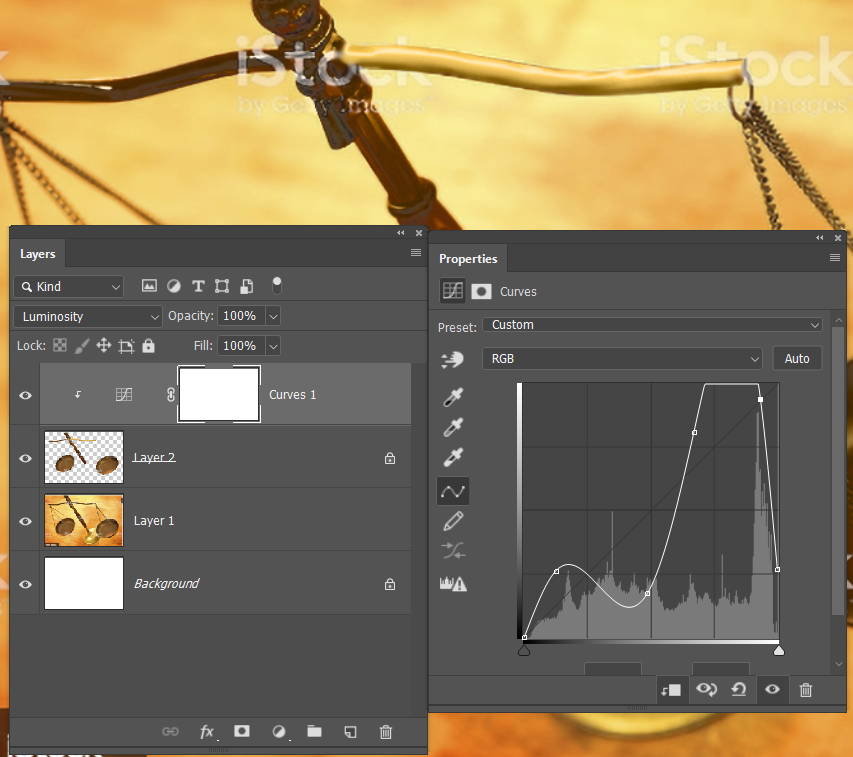
OK, this is an illustration. I make the flat coloured S shape, and use the Pen tool to make a curve that follows its bottom edge. Then stroke that path with a dark tone. It overlaps, so I have clipped those layers to the tube layer (second screen shot).
I can move those layers up and down, or make them darker or lighter, or delete and do it again. (be careful not to delete the paths — best it name the paths as you make them, which prevents them being overwritten)
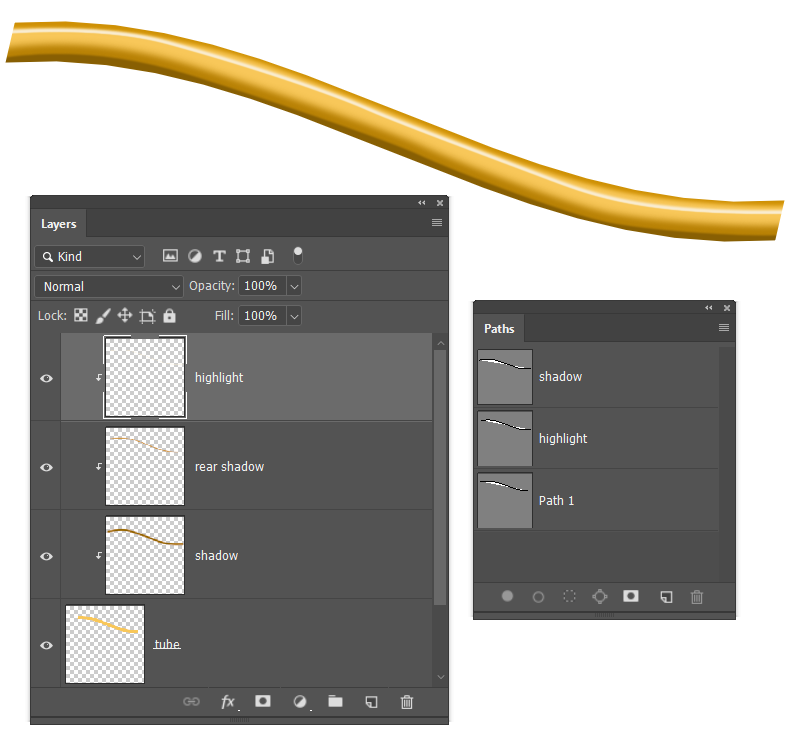
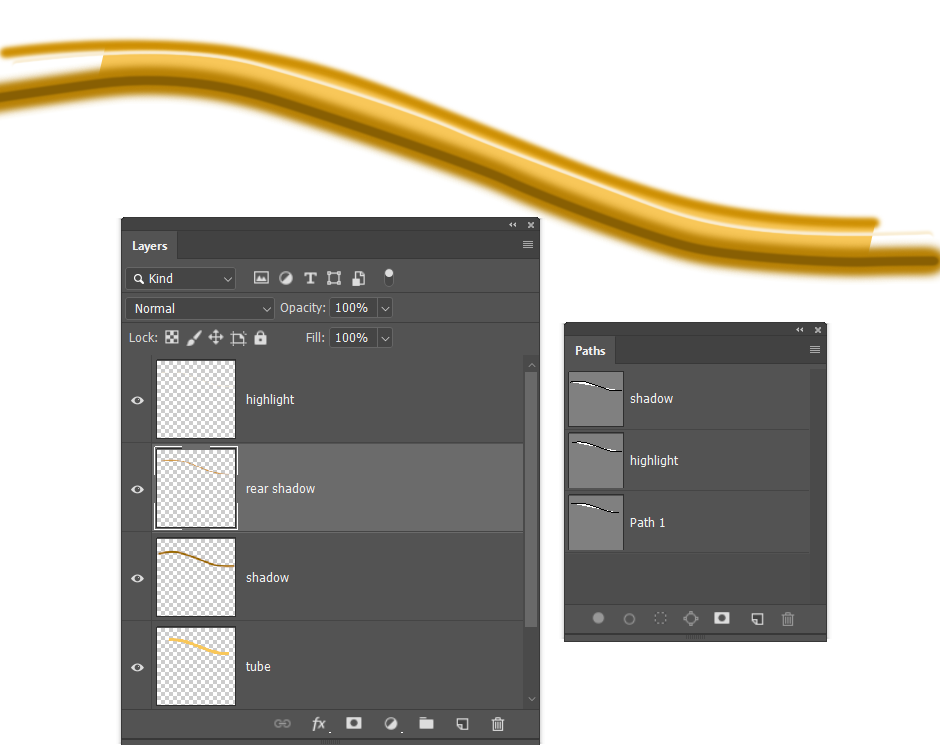
Are you getting a handle on this? You might get away with painting in highlights.
All I did here is paint light tone on a new layer using the Shift key to connect.

Copy link to clipboard
Copied
Dave, we overlapped. 🙂
Copy link to clipboard
Copied
To be honest Trevor, given a choice I would do this in 3D. But given that Jonathan has to use that particular image I used the old curve trick for making chrome in conjunction with a colour layer.
Dave
Copy link to clipboard
Copied
what about the stethoscope, how would you make that look like is made of brass?
Copy link to clipboard
Copied
Hi Jonathan - sorry I've just picked this up, I've been editing a video.
If it is just the chrome parts to turn into brass I would use the color layer and a simple (smooth) curve.
If it is the complete stethescope then use the same technique as on the scales - although you may need a different curve.
Dave
Copy link to clipboard
Copied
got it. thanks



